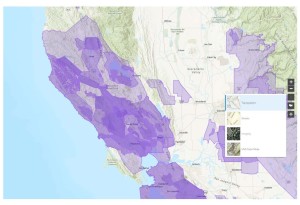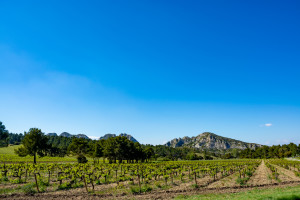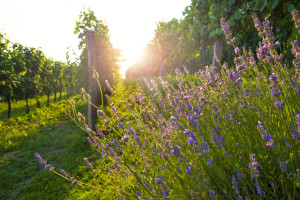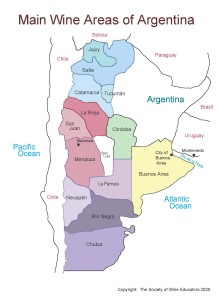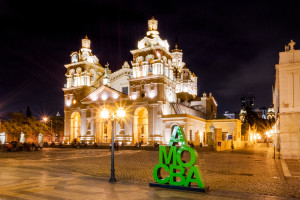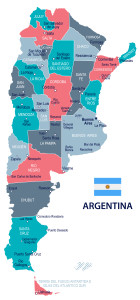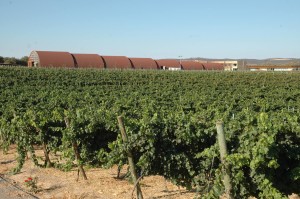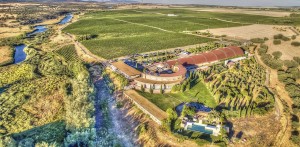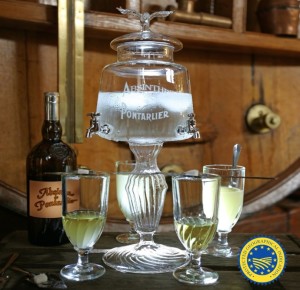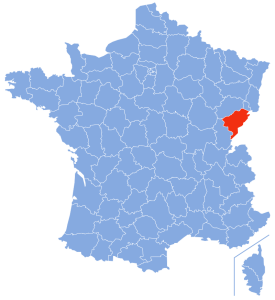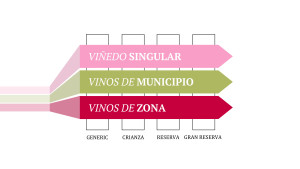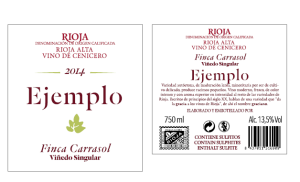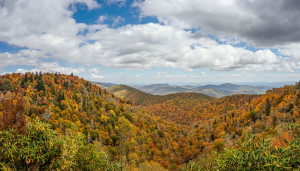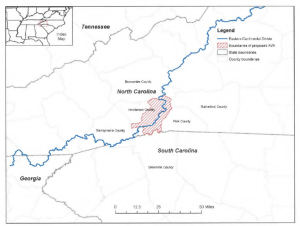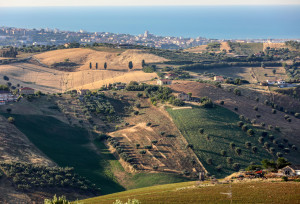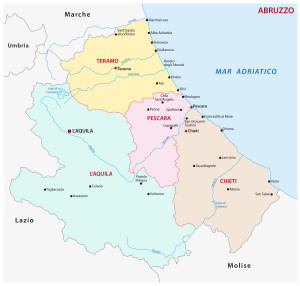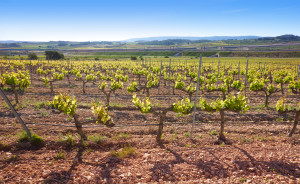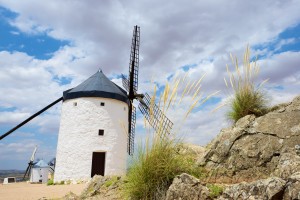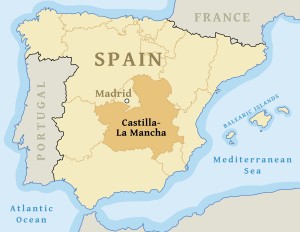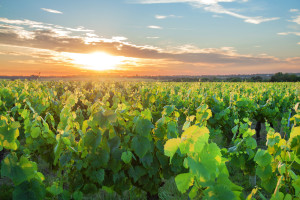
.
On Wednesday, June 19, 2019 France’s Institut National de l’origine et de la Qualité (INAO) approved a revision of the Cahier des Charges of the Muscadet Sèvre-et-Maine AOC and in doing so, approved four new sub-zones for the appellation. These geographical indications are sometimes referred to as Crus, or Crus Communaux (cru communal zones).
This new announcement means that the appellation now contains seven sub-zones including Clisson, Gorges, and Le Pallet (approved in 2011). These seven sub-zones represent the highest-quality wines (and very limited production) from the large and Muscadet Sèvre-et-Maine appellation.
The Muscadet Sèvre-et-Maine AOC is located in the Pays Nantais area of France’s Loire Valley, and is known for still (non-sparkling) white wines produced using 100% Melon de Bourgogne grapes. Much of the production is produced in the sur lie style, requiring that the wine be aged on the lees (expired yeast cells) until at least March 1 of the year following the harvest. (A sub-zone designation typically requires longer minimum sure lie aging times as well as other specific standards required for qualification.)
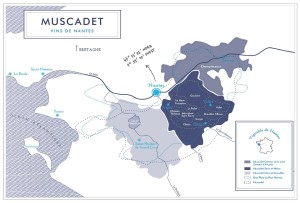
Map of Muscadet via: https://www.vinsvaldeloire.fr/en
The new sub-zones are as follows:
Goulaine: Goulaine is the northernmost as well as the largest of the seven crus of Muscadet Sèvre-et-Maine AOC. This area is dominated by a series of small hills overlooking the Marais de Goulaine (a swampy area known as the Marsh of Goulaine). Top soils are coarse and sandy; subsoils are mainly metamorphic (gneiss and schist). Vines in the Goulaine sub-zone tend to have early bud break and are often the first vines in the area to be ready for harvest.
Château-Thébaud: The Château-Thébaud sub-zone is located in the southwest portion of the Muscadet Sèvre-et-Maine AOC, just to the north of Clisson. The area consists mainly of hills and hillsides, some of them steep and wooded. Many of the finest vineyard sites are located near the Maine River as it flows through this area in a north/northwest direction. Soils are mainly sandy/stony atop granite and gneiss.
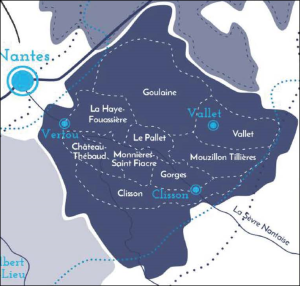
Detail of the map of Muscadet via: https://www.vinsvaldeloire.fr/en
Monnières-Saint-Fiacre: The Monnières-Saint-Fiacre cru—also located just to the north of the Clisson subzone—lies just to the east of Château-Thébaud. The vineyards are planted on a succession of hillsides spread over eastern bank of the River Sèvre, extending into the surrounding valleys and woods. The soils consist primarily of sandy loam over a subsoil of gneiss and some clay.
Mouzillon-Tillières: Mouzillon-Tillières is located to the north of the River Sèvre, to the north/northeast of the Gorges sub-zone. It is centered around the Sanguèze River (a 44km-/27 mile-long tributary of the Loire). The vines are planted on a series of small hillsides and outcrops along both the sides of the river. The soils are mainly composed of sand and clay over gabbro bedrock (gabbro is an igneous rock created by the slow, underground cooling of magma).
Keep those flashcards handy: According to the website of Loire Valley Wines (Vins de Val de Loire), three more areas— La Haye-Fouassière and Vallet (in Muscadet Sèvre-et-Maine), as well as Champtoceaux (located within the Muscadet Coteaux de la Loire AOC)—are being considered for sub-zone status.
Please note that while you will be able to see these subzones on wine labels beginning with the 2018 harvest, the new-and-improved Cahier des Charges for the Muscadet Sèvre-et-Maine AOC (as linked below) will still need to wind its way through the EU registration process.
Click here for more information on Muscadet (note the details on the Clisson, Gorges, and Le Pallet sub-zones near the bottom of the page).
Post authored by Jane A. Nickles…your blog administrator: jnickles@societyofwineeducators.org
References/for more information:
